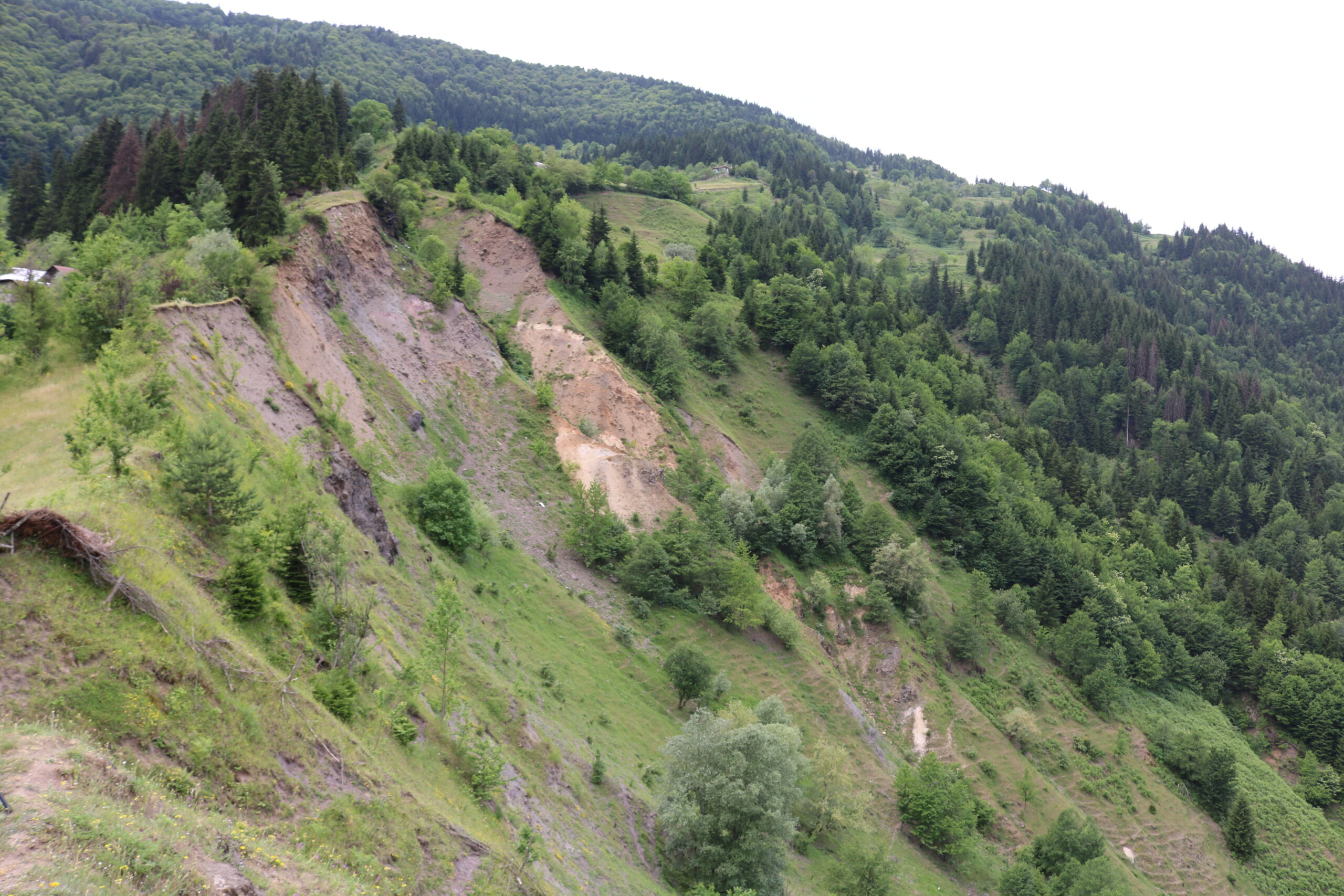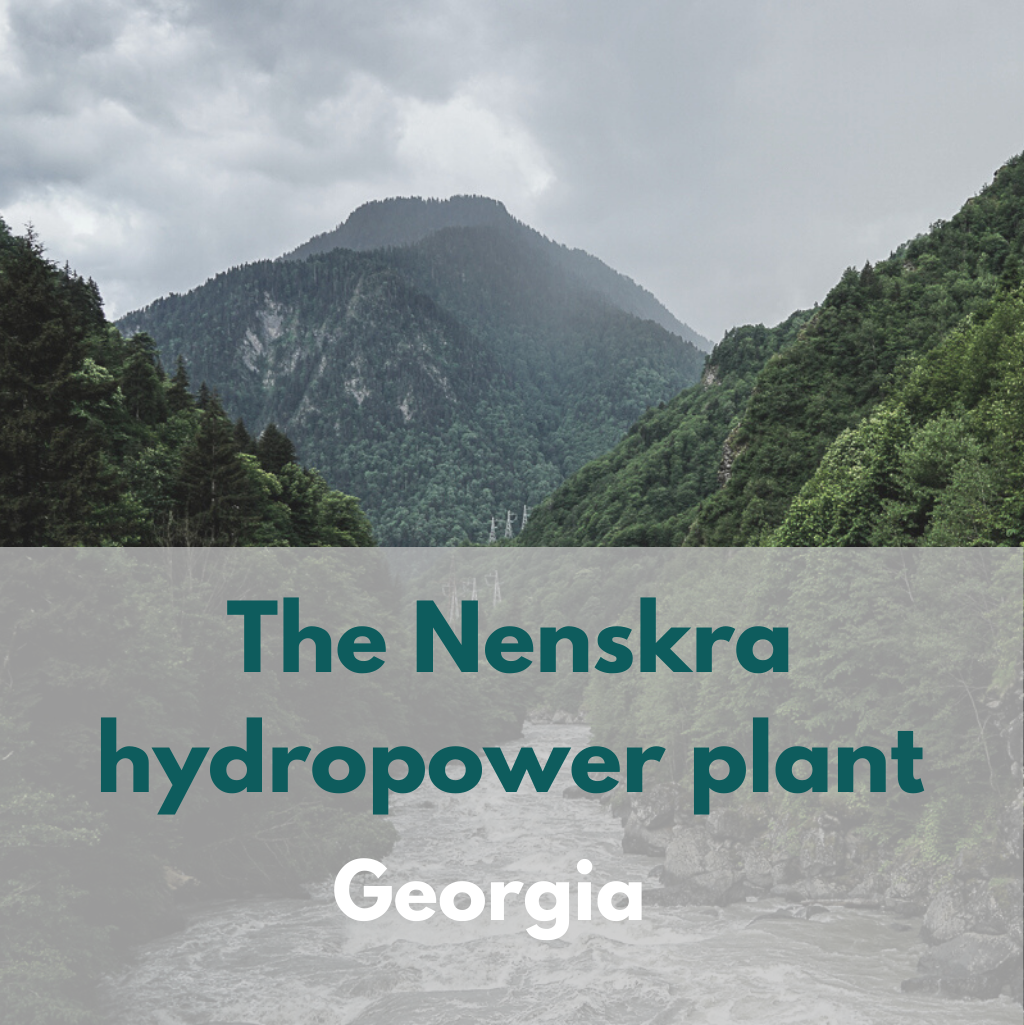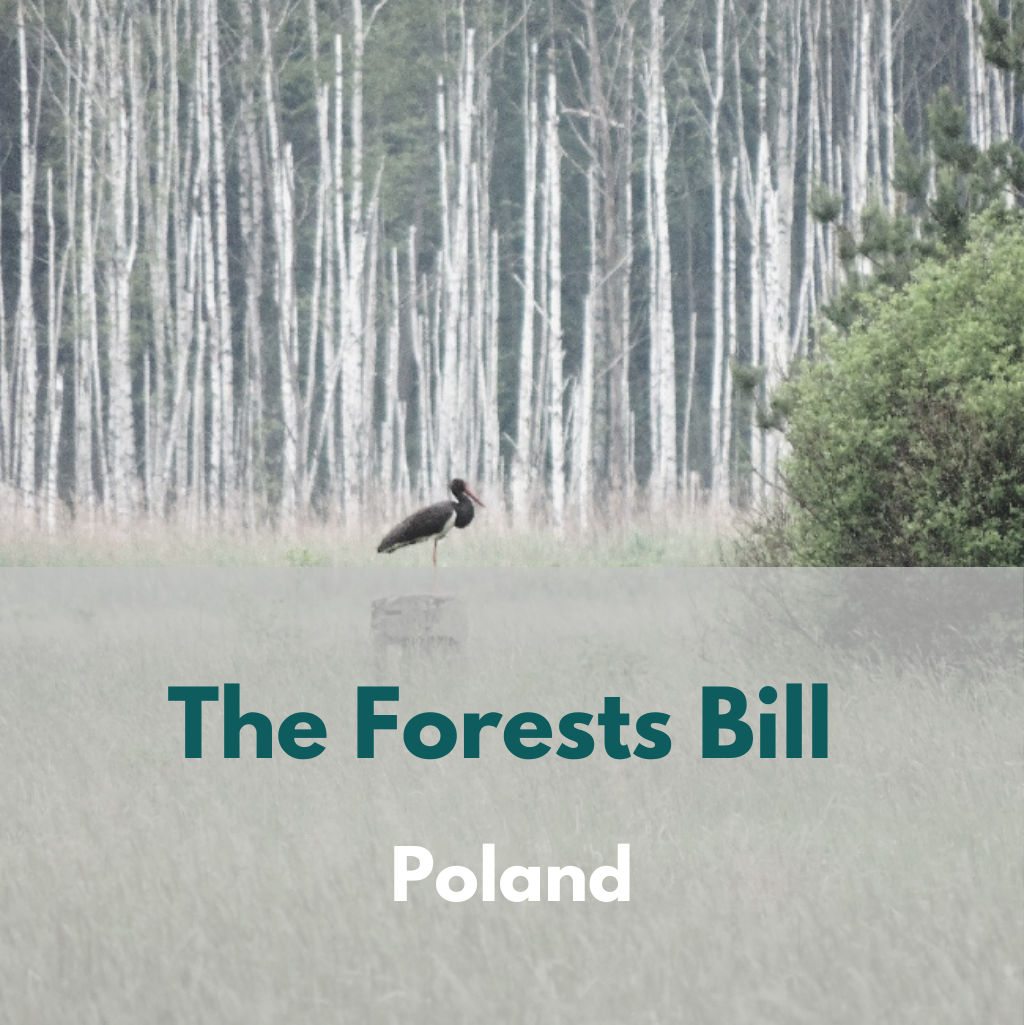Shuakhevi hydropower plant
Country: Georgia
The 187 MW Shuakhevi hydropower plant project involves the 22 metre Skhalta dam (with a 19.4 hectare reservoir) and the 39 metre Didachara dam (with a 16.9 hectare reservoir) on the rivers Skhalta and Adjaristskali, as well as three diversion tunnels (at lengths of 5.8, 9.1 and 17.8 kilometres) to divert water from the upper parts of the Adjaristskali, Skhalta and Chirukhistskali rivers towards the reservoirs and to the powerhouse.
The Shuakhevi HPP in the Adjara Autonomous Republic is part of a three step cascade on the River Adjaristskali, which consists also of the 150 MW Koromkheti and 65 MW Khertvisi hydropower plants.
The Shuakhevi hydropower plant is located in the Goderdzi Emerald site (GE0000026) and was constructed without an appropriate assessment on the impacts of the project on the Emerald Network. The project was funded by the EBRD, ADB and IFC, who claimed that supplementary studies indicated that all biodiversity impacts were effectively mitigated.


However, on-site analysis of the constructed Shuakhevi HPP show shocking results.The total area of destroyed habitat is around 170 hectares, without taking into account the impact downstream of the Shuakhevi powerhouse and on the Chorokhi delta (an Important Bird Area and Emerald Network site). The delta has already been severely impacted by other hydropower projects, and the Shuakhevi hydropower plant will contribute to significant cumulative impacts.
Despite proposed offsetting or compensation for forest habitats (Planting 9.2 hectares of mixed species forest), the tree planting was not done before the habitats were destroyed as is required by EU directives. Furthermore, the forest offsetting/compensation will not be able to create habitats with similar ecological functions as the destroyed habitats provided.
The total area of habitats lost as a result of the project is also several times higher than what was assessed. The loss of key river and riparian habitats was not offset or compensated, as it is impossible to create a new river. Grassland habitats were not restored, and furthermore, some additional areas were destroyed during the forestation activities.
Even before the Shuakhevi hydropower plant began operation, fish populations and the Eurasian otter had almost completely disappeared from the area several kilometers below the two dams and the weir. The fish species could not survive the chemical poisoning and changes in water quantity and quality brought by the plant.
One spot assessment also revealed that traces of six different individual brown bears, a pack of four wolves, three golden jackals, one Eurasian nightjar, four Caucasian rose finches, one kingfisher and red-breasted flycatcher had been found along the river. This demonstrates that the river’s banks are a biodiversity hotspot: no offsetting is possible, as there is no possibility to compensate the proposed damage to such a habitat. The reality in the case of Shuakhevi clearly contradicts the banks’ claims that all impacts would be properly mitigated.








